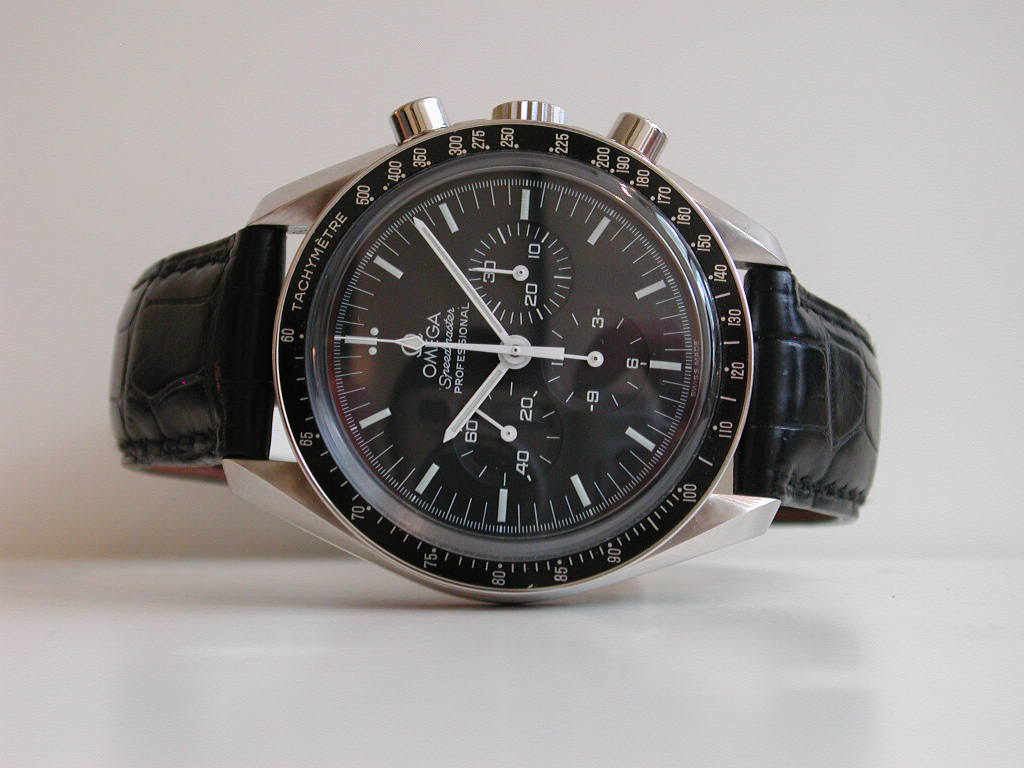It is also not considered a uniform. This is news to me, because 90% of the people I see on the train look like some variation of this:

Or, this:
 Khakis and collared shirts can be cool. But no one seems to want to try, it makes me sad.
Khakis and collared shirts can be cool. But no one seems to want to try, it makes me sad.

 Khakis and collared shirts can be cool. But no one seems to want to try, it makes me sad.
Khakis and collared shirts can be cool. But no one seems to want to try, it makes me sad.

Italian beef sandwiches can be found at most hot dog stands and small Italian-American restaurants throughout the city of Chicago and its suburbs. They are difficult to find outside the Chicago metropolitan area. However, Chicago expatriates have opened restaurants across the country serving Italian beef, Chicago-style hot dogs, and other foods original to the Chicago area."
What this fails to mention is how incredibly awesome this sandwich is. Seriously, it's a death row meal. Unlike many other sandwiches the secret is it's simplicity. It doesn't require cheese, or any other condiment to make it tasty. The meat, the juice, the bread - it's enough. I prefer my sandwich with giardiniera, but I'll eat it plain, if it's a good sandwich. That's the other side of the knife edge; while a good beef is sublime, a bad one is horrendous. It's not like pizza or a burger, where even a bad one is edible. No, a bad Italian beef sandwich is an affront to the palate, a disgrace to tradition.
My personal favorites:


